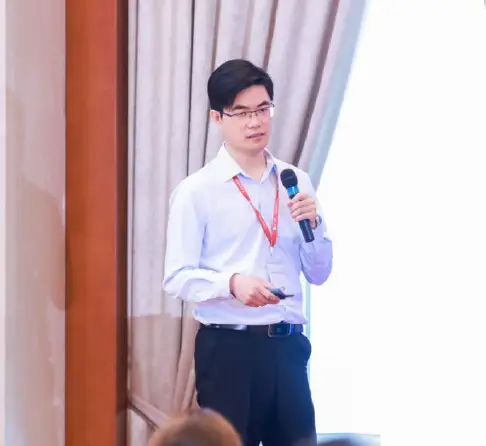Liquid crystal materials are unique substances that have the properties of both solid (crystal) and liquid states. As a result, their optical properties can be tailored for a variety of applications such as display technology, optical communication and energy-efficient window light control panels for buildings, automotive, railway and aviation.
In order to gain a deeper understanding of the technology and applications of liquid crystal materials, NetEase Technology recently conducted an exclusive interview with Mr. Wenquan Ding, Vice General Manager of HCCH Display, a wholly owned subsidiary of PhiChem Materials, on application trends in liquid crystal technology.

Mr. Ding pointed out that from the perspective of the global display panel market, liquid crystal technology is very mature. Compared with new display technologies such as OLED, Mini LED, Micro LED, etc., the production yield of liquid crystal panel materials has reached extremely high levels. This significant technological and manufacturing advantage not only provides reliable guarantees of stable quality and controllable prices for our downstream customers, but also makes a great contribution to the stability of end products in the supply chain. At the same time, PhiChem continues to make innovative breakthroughs that allows for continuous improvements in display products.
Beyond display applications, PhiChem is very active in researching and developing liquid crystal materials for the manufacture of energy-efficient light-control in window glass panels. The main application areas of light-control glass are automobiles and buildings. Intelligent LCD light-control technologies are applied in different fields, and Polymer Dispersed Liquid Crystal (PDLC) technology is used in mass market applications such as office glass partitions, car panoramic sunroofs and railway train-car windows, In addition, a related technology referred to as Dye LCD technology can be used in unmanned mode to achieve intelligent adaptive light-control and flexible adjustment of light brightness.
Mr. Ding stated that compared to PDLC materials made by most manufacturers, which are generally used at temperatures below 60 ℃, PhiChem PDLC products can maintain good privacy effect for a long time under high temperature conditions of 90-95 ℃, and have high reliability in terms of photothermal stability, which is also the outstanding feature that sets us apart from other PDLC materials. The excellent and stable performance of materials is the foundation for technology to enter millions of households and change lifestyles. In addition, a new generation of PhiChem HCCH Dye LCD is about to be launched, which will extend the lifespan of Dye LCD products by nearly 5 times compared to conventional Dye LCD technology, while also improving the performance of the window panels.
Mr. Ding told reporters that in the next 5-10 years, liquid crystal materials will still be the mainstream development direction of the display panel industry. However, the application of liquid crystal materials has not been fully expanded and is currently only the tip of the iceberg. In 10 years, liquid crystal materials are likely to have broken through traditional applications currently served by non-liquid crystal materials.
Mr. Ding mentioned that PhiChem Materials has added a 280 ton LCD production line this year, and the global market capacity of its products in the previous year was about 70-800 tons. This demonstrates that PhiChem is strongly committed to advancing liquid crystal technology and products in current and emerging applications.
Article source material: NetEase Technology
